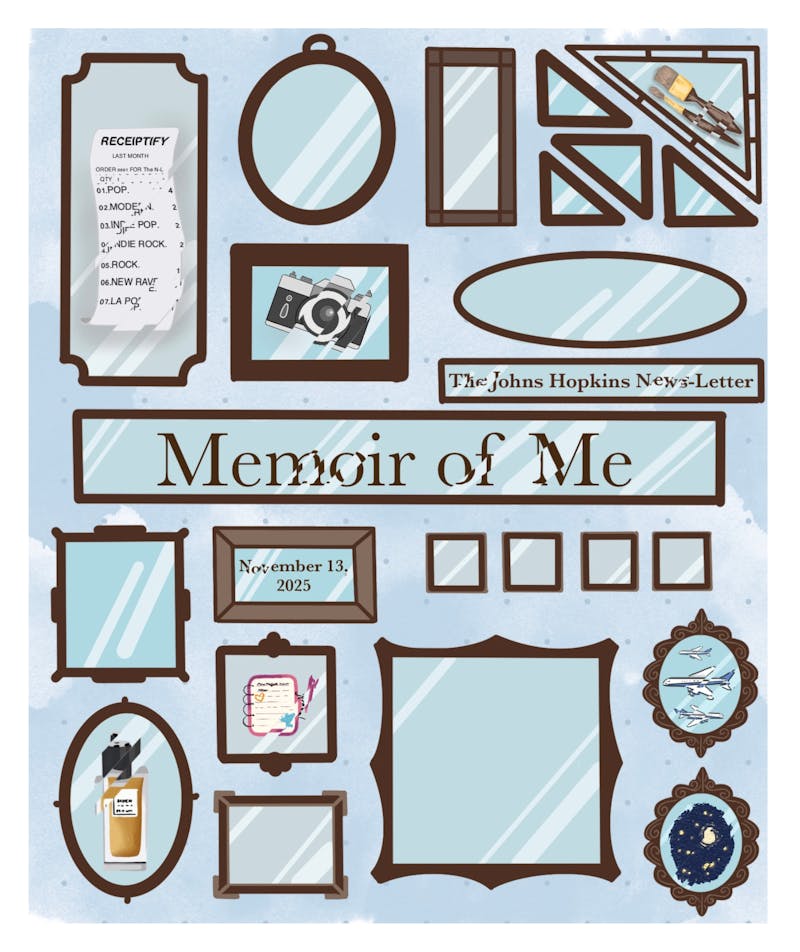Chris Elser's death has affected us deeply and has triggered a campus-wide dialogue about security. The university administration has since moved swiftly -- we have been promised better lighting, increased security, and increased vigilance.
But there's not one word -- not even a mention, anywhere -- of a more holistic response to crime, to develop a community strategy that will remove crime from it's roots. I am shocked.
Security bulletins are filled with where and how crimes near campus occur. They're missing one important question -- the hardest one to answer, the easiest to dismiss, and the most important one of all: Why?
If we know the answers, we are doing nothing. Why? If we don't, there are organizations in Baltimore, in our neighborhoods that do. They may not tell you where and how crimes occur, but they sure can tell you a great deal about why.
One example is the Community Mediation Center on Greenmount, associated with JHU Center for Social Concern. The Community Mediation Center aims to reduce interpersonal and community violence through non-violent conflict resolution and dialogue. They conduct courses on mediation, and partner with many like-minded organizations in the Baltimore area.
Another example is the Rose Street Community Center in East Baltimore. They are responding positively to community violence at many levels: they organize marches against homicide, they try to engage the leadership of the city in dialogue, they help kids in their community understand the consequences of crime, and they help ex-felons readjust to society to become responsible citizens.
The Center for Social Concern is already allied with many such groups and is a great starting point. What Hopkins needs to do is play a leading role in bringing like-minded groups together, and help them to work more effectively at a larger scale and to form a broad coalition together with the city administration. That is the only way to tackle crime - from it's roots, and at every level.
As one of the largest employers in Maryland, and as one of the leading research institutions in the world, one would have expected the administration to have already taken this role in dealing with crime. One might argue that what the university is doing through the Center for Social Concern is enough. But if anything, the death of Chris Elser and the many crimes near campus demonstrate the opposite. The total silence about community outreach in the university's response to violence demonstrates the opposite. The proximity of the medical school to some of the most violent neighborhoods in Baltimore demonstrates the opposite -- hat we just don't seem to care enough about the long-term solution.
Our response to Chris Elser's death is alarmingly similar to the city's response to the nearly 300 homicides a year that take place in Baltimore. Instead of investing in positive approaches to crime, the city has increased security patrols, locked up more men to keep them out of the streets and keep everyone living in fear. We need to have a more holistic community strategy. Hopkins needs to be a visionary community leader. We cannot afford to be a part of the problem. This is the only long-term solution. When we won't need to invest in security. When we won't just need to wall ouselves in.
--Arun Sripati is a Ph.D student in Electrical Engineering.


